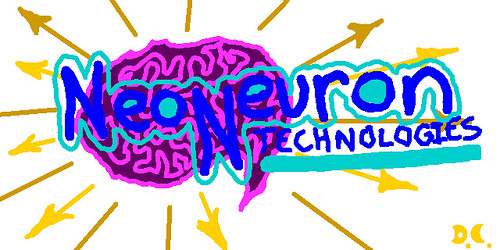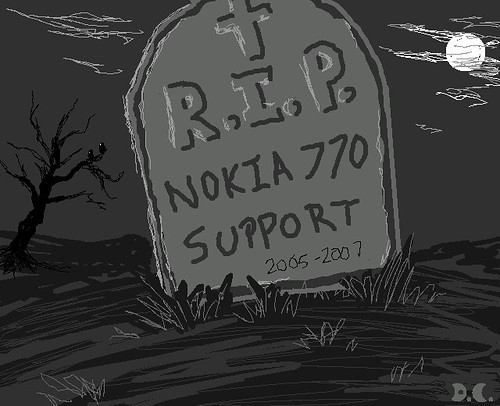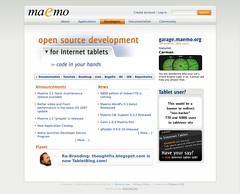Flash Forward: New Way To Play
For previous Flash Forward posts see:
[1] - Simple Games
[2] - Menus In Motion
[3] - Works Both Ways
As you all may know by now, I've been learning a bit about Flash in hopes of creating some cool Internet Tablet specific content and applications, and I have to say that I'm learning a lot about the capabilities of the Flash player/plugin as well as it's limitations. As you can see, Flash can produce some fun and interesting ways to play, and both the N800 and the 770 can take advantage of much of what Flash can dish out. Not bad for a platform that's contained within a web browser, which runs on top the OS.

I've been exploring the idea of some simple 3D tricks that work pretty well on the tablets that provide more of a "playground for your pocket" than the action packed shoot 'em ups that seem to be everywhere these days. I don't really know how much fun I can fill these little sudo-3D rooms with, as I'm still new to the idea, but I think there's at least a little more that can be done to spice it up a bit. I plan on adding some more details to the room you see in the iso.man demo, and possibly even extending the space to other rooms.
So, now that you've seen a little bit of what we've been up to at solid.gold.code, just remember this is only the beginning of what we plan to bring to the Internet Tablets utilizing the Flash platform. And as the future hardware rolls out, you can bet there will be some really cool things done when the limits are pushed back even further. I also think that it's simply a matter of time before Flash becomes more of an Open Source asset, where the tools and players are freely available (like the Flex 2 SDK) for even more creative minds to continue the growth of the platform.
iso.man.demo - 400x240
iso.man.demo - 800x480
















